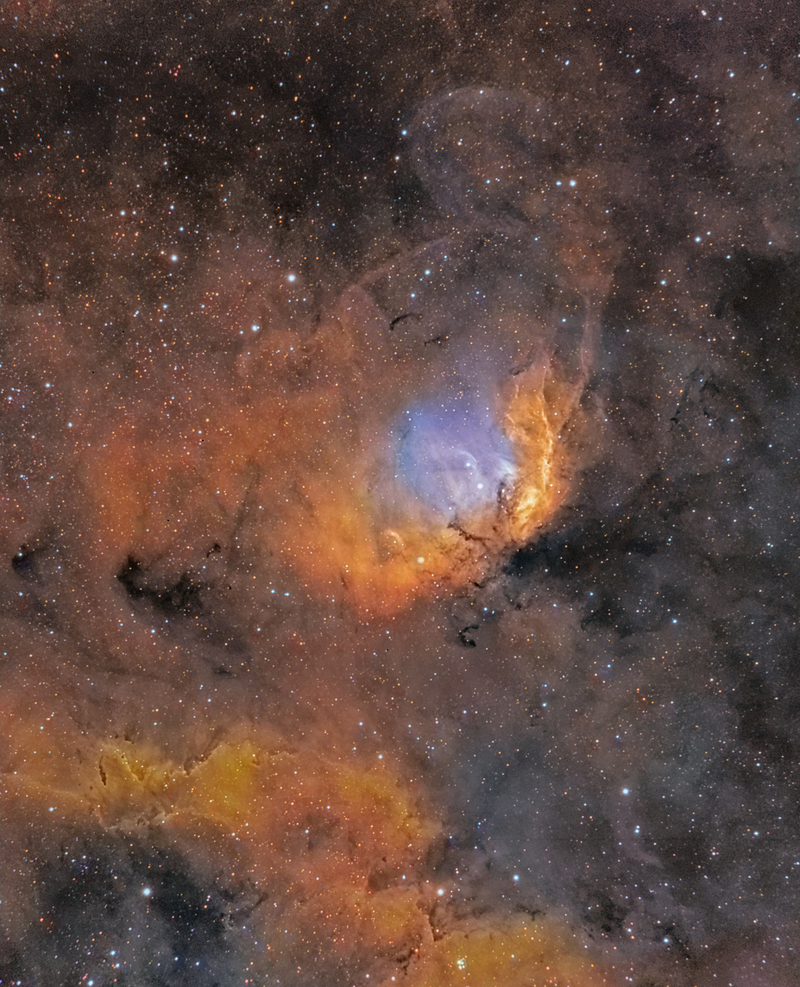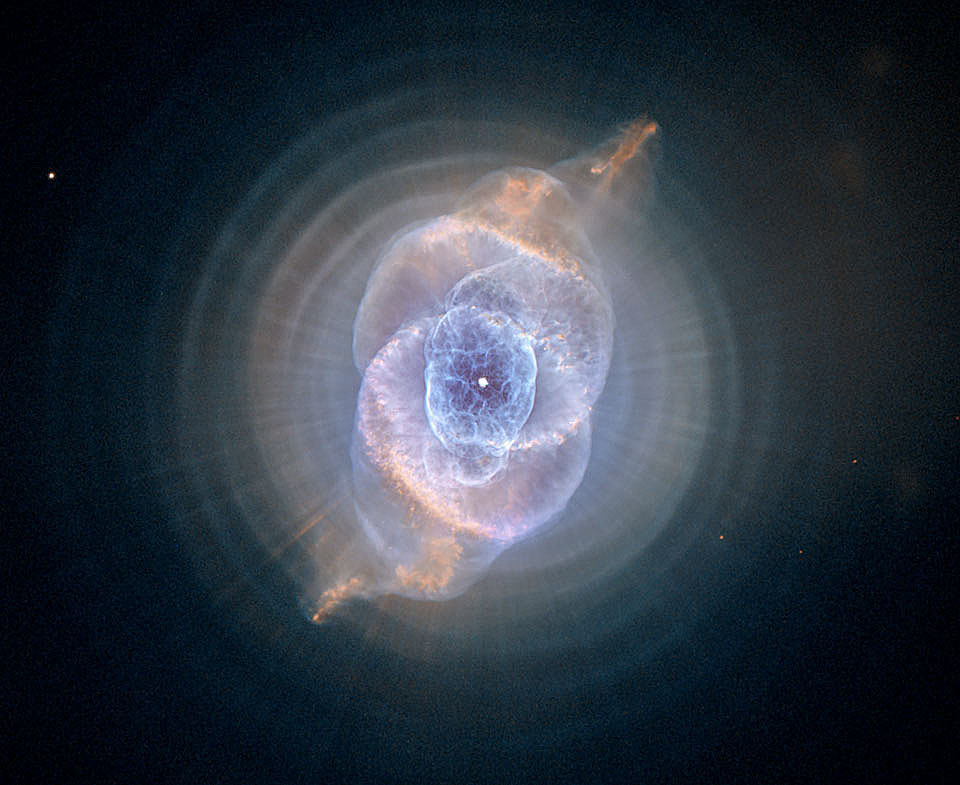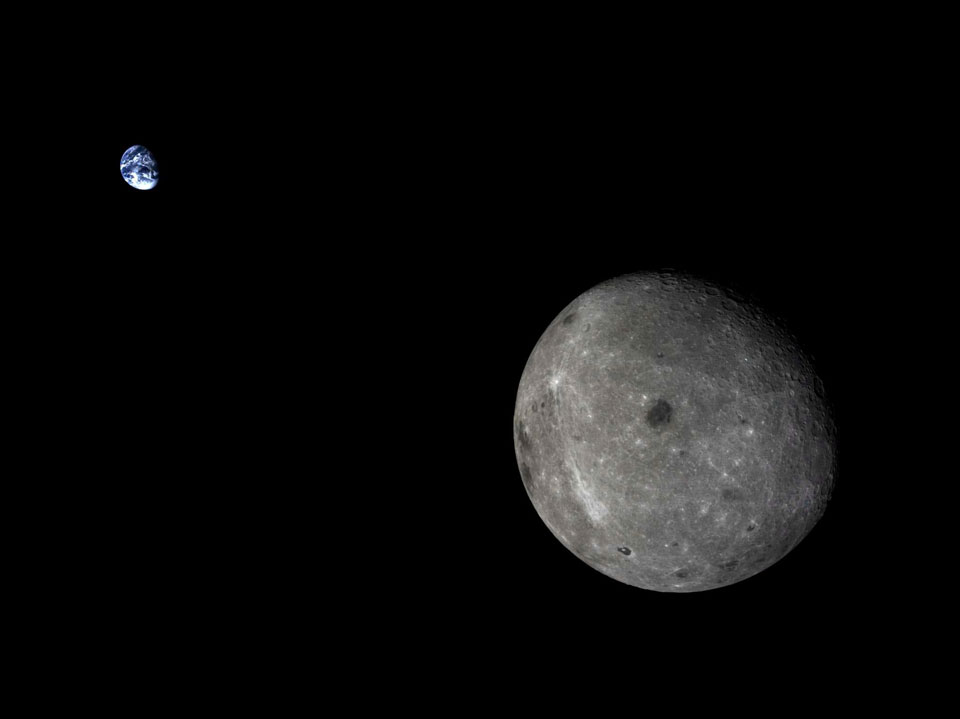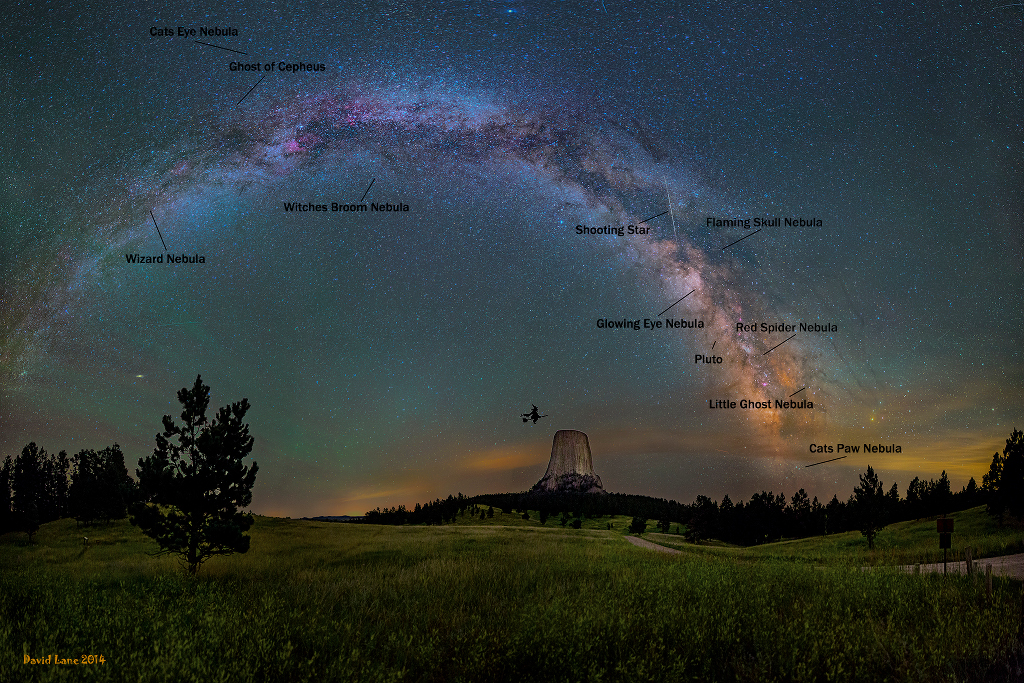The Tulip Nebula

"Framing a bright emission region this telescopic view looks out along the plane of our Milky Way Galaxy toward the nebula rich constellation Cygnus the Swan. Popularly called the Tulip Nebula the glowing cloud of interstellar gas and dust..." This amazing nebula lies an estimated 8,000 light years away from Earth in a pocket in space where the nebula "blossoms" with all sorts of colors. I believe this nebula was given the name of the Tulip Nebula because its various blossoming colors/composition strongly resemble that of a tulip. This caught my interest because of my interest in plants ^_^ I'm glad this was one of the APOD posts, it's interesting!
Godspeed,
Melanie


